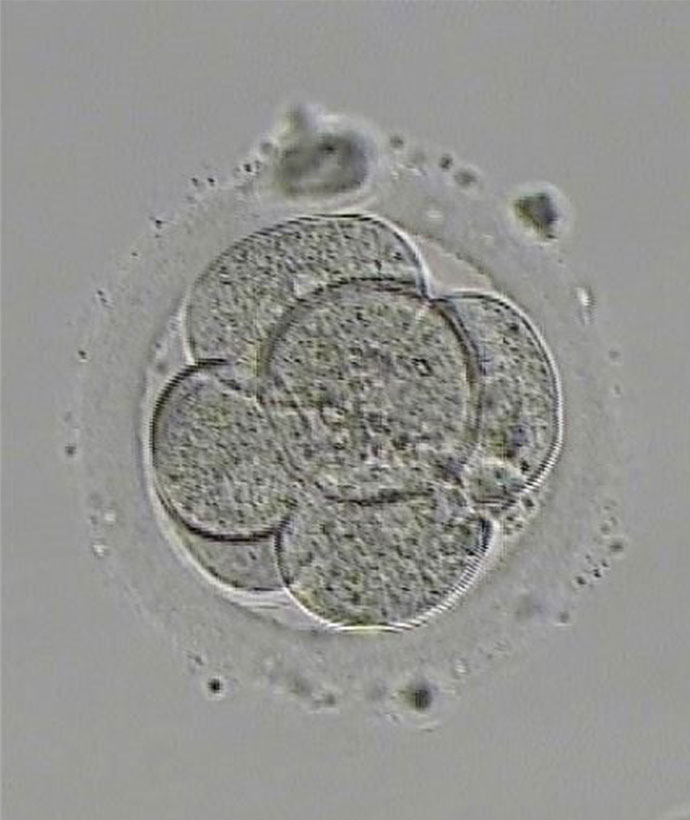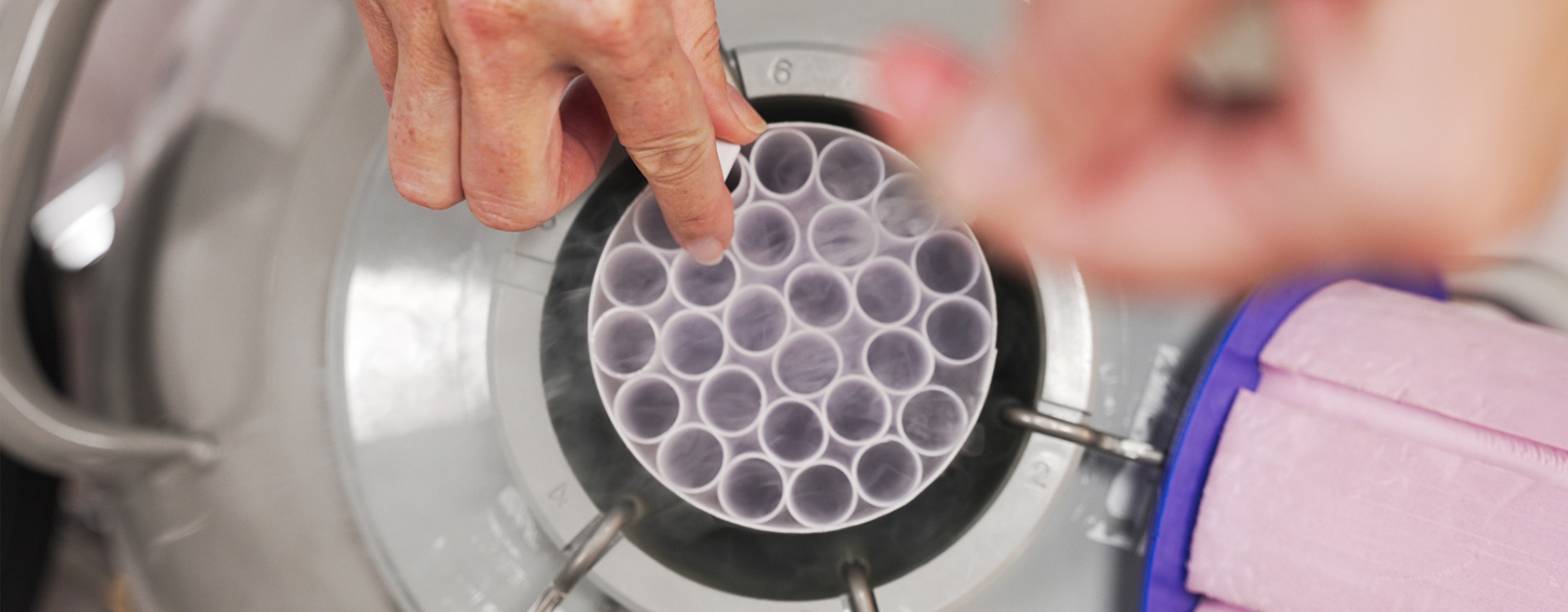
One or two eggs
With an egg transfer, you make a decision in consultation with the doctor about whether one or two eggs should be transferred.
The criteria for that are your age, weight, your fertility history and any illness or other condition that means a twin pregnancy could be dangerous for your health.
Young patients who are younger than 37 years are generally recommended only one egg in the first two attempts.
When the transfer takes place in a freeze cycle, we ask you to sign a written consent confirming that you allow us to thaw.
This consent must be in our hands at the latest early in the morning on the day the transfer takes place.
The egg transfer itself is a small procedure that only takes a few minutes and is usually not painful. The egg is placed in the uterine lining with the help of a small, thin catheter. You then continue to use vaginal Progesterone and take the pregnancy test approximately 12-14 days after transfer.
There is no need to take a break between frozen embryo transfers.

